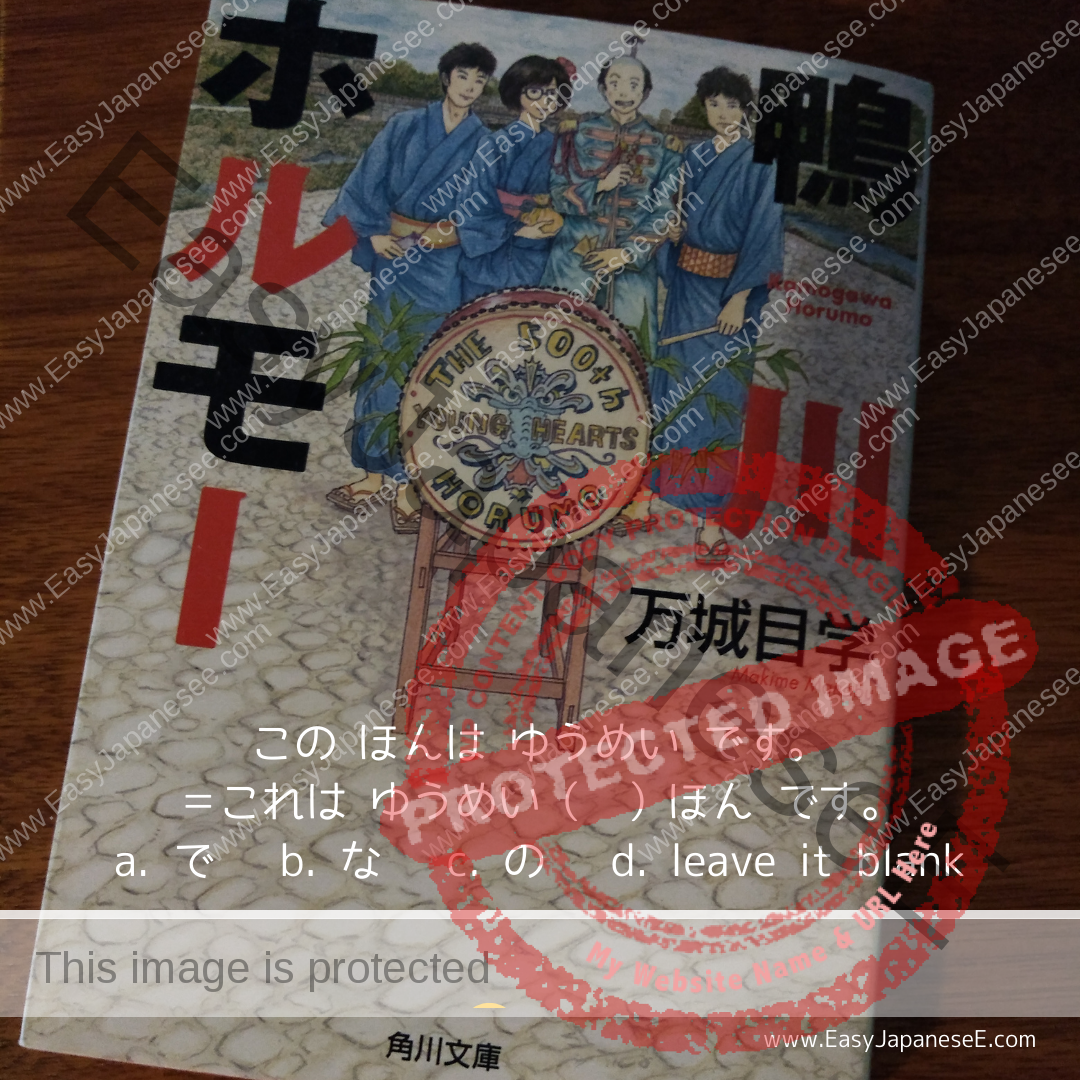Let’s compare the following sentences paying attention to ”this.”
This water is cold. この みずは つめたい です。
This is cold water. これは つめたい みず です。
“This” in the first sentence is an adjective (precisely speaking an “demonstrative adjective”) in English while “This” in the second sentence is a pronoun. Japanese has pronouns in a similar way as English does but it does NOT have any “demonstrative adjective.” Instead, we use something called 連体詞, whose closest translation would be a “pre-noun adjectival.” 連体詞 (pre-noun adjectivals) are not adjectives because they can only be used in front of a noun. They cannot be directly followed by ~です.
Examples of pre-noun adjectivals
| ~の | この (this)、その (that)、あの (that over there)、どの (which), etc. |
| ~な | おおきな (big)、ちいさな (small)、いろんな (various), どんな (what kind of), etc. |
| ~る | ある (a certain)、あらゆる (each and every)、いわゆる (the so-called)、きたる (the forthcoming), etc. |
| Other form | わが (my/our/one’s own)、たいした (great, wonderful), etc. |
Don’t confuse 連体詞 (pre-noun adjectivals) ending in ~な with a なadjective and those ending in ~る with a verb.
For difference between おおきい (いadjective) and おおきな (pre-noun adjectival), read this post.
Today’s Point: The word “this” can be この or これ depending on how it’s used.
For the precise difference among “この、その、あの” and “これ、それ、あれ,” watch this video (if the video is not showing below, please click the link).
Suggested activities
- Make a few sentences each using the words in the table above.
Related Posts
You can try doing Exercises 4 to 8 of Module 2 of the Moodle Course.

